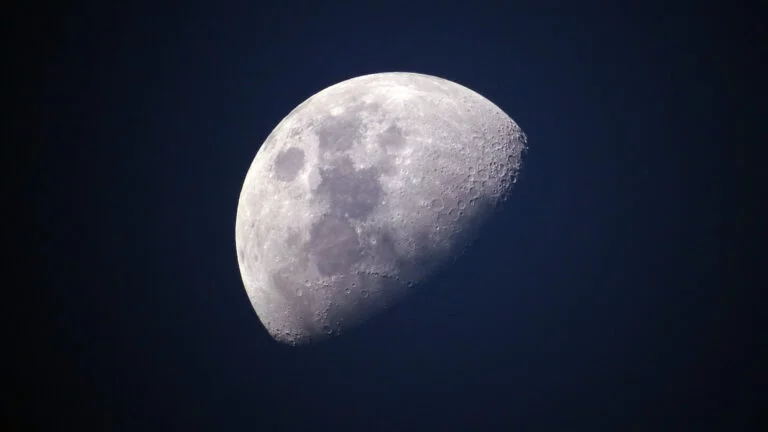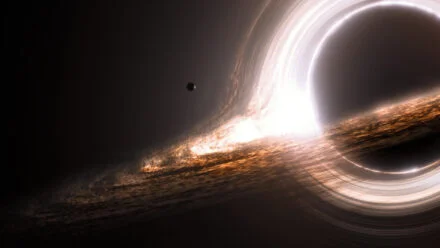The question of why the sky appears blue is one that has intrigued people for centuries. To understand this phenomenon, we need to explore various aspects, including what the sky is, why it appears blue, and why it can sometimes change colors. Let’s break it down step by step.
Frequently Asked Questions
What Is the Sky?
The sky is the expanse that appears above the Earth, seemingly stretching infinitely in all directions. It is, in fact, a part of Earth‘s atmosphere, which is a mixture of gases, water vapor, dust, and other particles. The atmosphere is composed primarily of nitrogen (78%) and oxygen (21%), with the remaining 1% consisting of argon, carbon dioxide, neon, helium, and other trace gases.
The sky serves as the stage for various optical phenomena, including the scattering, refraction, and absorption of light, all of which contribute to the colors we see. Typically, the sky appears blue, but it can change color depending on the time of day, weather conditions, and other factors.
Why Is the Sky Blue?
The blue color of the sky is primarily due to a phenomenon known as Rayleigh scattering. Sunlight, which we perceive as white light, is actually composed of a spectrum of different colors, each with its own wavelength. When sunlight enters Earth’s atmosphere, it collides with molecules and small particles, causing the light to scatter in all directions.
Rayleigh scattering occurs more effectively for shorter wavelengths of light (such as blue and violet) than for longer wavelengths (such as red and yellow). Although violet light is scattered even more than blue light, our eyes are more sensitive to blue, and the upper atmosphere absorbs much of the violet light. As a result, we perceive the sky as blue.

Why Does the Sky Change Colors?
The sky doesn’t always appear blue; it can change colors at different times of the day or under various weather conditions. These changes are due to the way sunlight interacts with the atmosphere as it passes through.
Sunset and Sunrise:
During sunrise and sunset, the sky often takes on shades of red, orange, or pink. This happens because the Sun is closer to the horizon, meaning sunlight has to travel through a greater thickness of Earth’s atmosphere. As a result, more blue and violet light is scattered out of our line of sight, leaving the longer wavelengths of red, orange, and yellow to dominate the sky’s color.
Cloudy Weather and Other Atmospheric Conditions:
On cloudy days, the sky may appear gray or white. This is because clouds scatter all colors of light more or less equally. Clouds consist of large water droplets or ice crystals, which are much larger than the gas molecules responsible for Rayleigh scattering. As a result, the light passing through clouds is diffused in all directions, creating a uniform white or gray appearance.
Pollution and Other Atmospheric Effects:
Air pollution, smoke, dust, and other particles in the atmosphere can also affect the color of the sky. For example, during events like wildfires or volcanic eruptions, large amounts of particulate matter can be released into the atmosphere. These particles can scatter sunlight in ways that change the color of the sky, often making it appear more reddish or brownish.

Conclusion
The color of the sky is the result of complex interactions between sunlight and Earth’s atmosphere. Rayleigh scattering is the primary reason why the sky usually appears blue, but other phenomena, such as the angle of the Sun, weather conditions, and atmospheric pollutants, can alter its color. The ever-changing hues of the sky are a beautiful reminder of the dynamic nature of our planet’s atmosphere, offering both scientific insight and aesthetic pleasure.
Tabii, burada sağladığım bilgilere dayanan kaynaklara aşağıda yer vereceğim. Aşağıda kaynakların çeşitli bilimsel ve güvenilir sitelerden alınmış örnek linklerini bulabilirsiniz:
References:
- NASA – Why Is the Sky Blue?
- National Geographic – Why the Sky Is Blue
- Physics Stack Exchange – Why Is the Sky Blue?
- University of California, Riverside – Rayleigh Scattering
- Britannica – Atmosphere: Why is the Sky Blue?
- Scientific American – Why Is the Sky Blue?












Leave a Comment